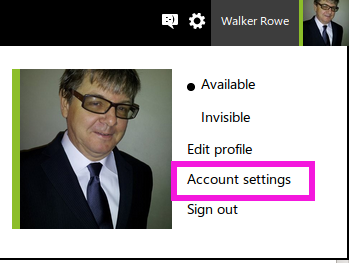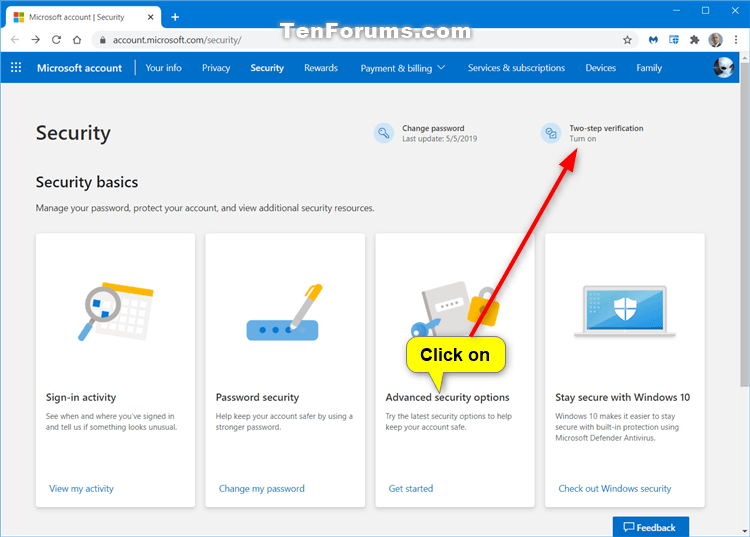

Azure AD session lifetime configuration settings

Regular reauthentication prompts are bad for user productivity and can make them more vulnerable to attacks. Some combinations of these settings, such as Remember MFA and Remain signed-in, can result in prompts for your users to authenticate too often. Our research shows that these settings are right for most tenants. This app is used as a broker to other Azure AD federated apps, and reduces authentication prompts on the device.

You can also explicitly revoke users' sessions using PowerShell.

Some examples include a password change, an incompliant device, or an account disable operation. It might sound alarming to not ask for a user to sign back in, though any violation of IT policies revokes the session. If users are trained to enter their credentials without thinking, they can unintentionally supply them to a malicious credential prompt. Asking users for credentials often seems like a sensible thing to do, but it can backfire. The Azure AD default configuration for user sign-in frequency is a rolling window of 90 days. You can configure these reauthentication settings as needed for your own environment and the user experience you want. This reauthentication could be with a first factor such as password, FIDO, or passwordless Microsoft Authenticator, or to perform multifactor authentication (MFA). Azure Active Directory (Azure AD) has multiple settings that determine how often users need to reauthenticate.


 0 kommentar(er)
0 kommentar(er)
